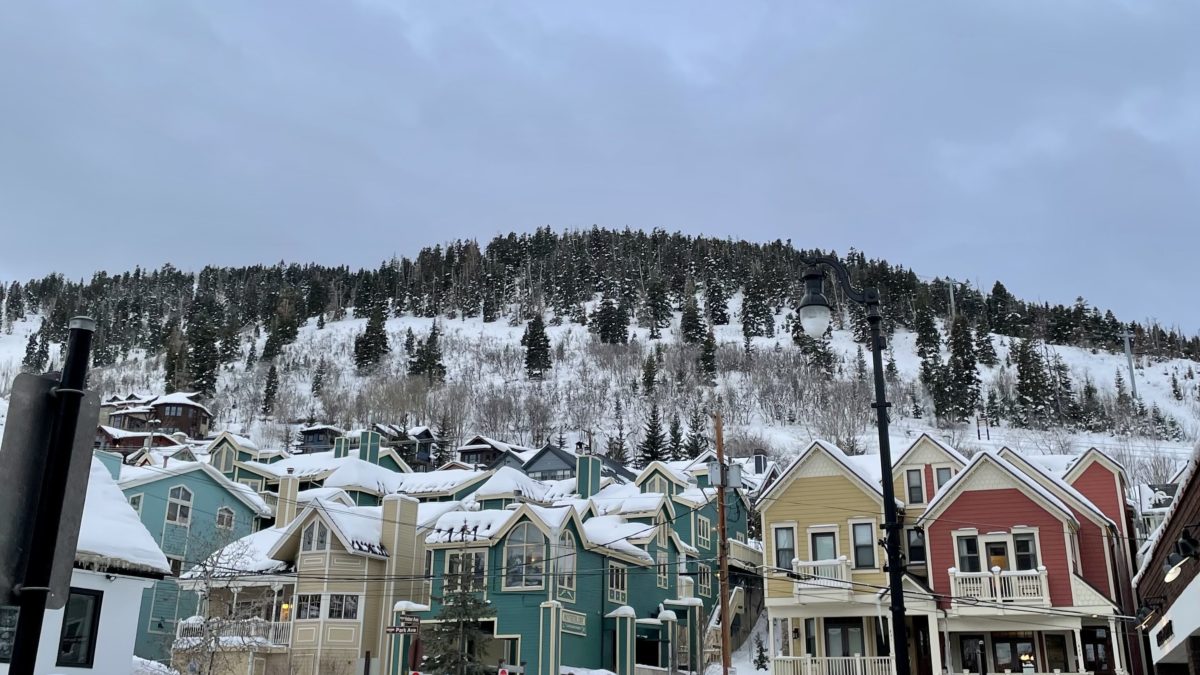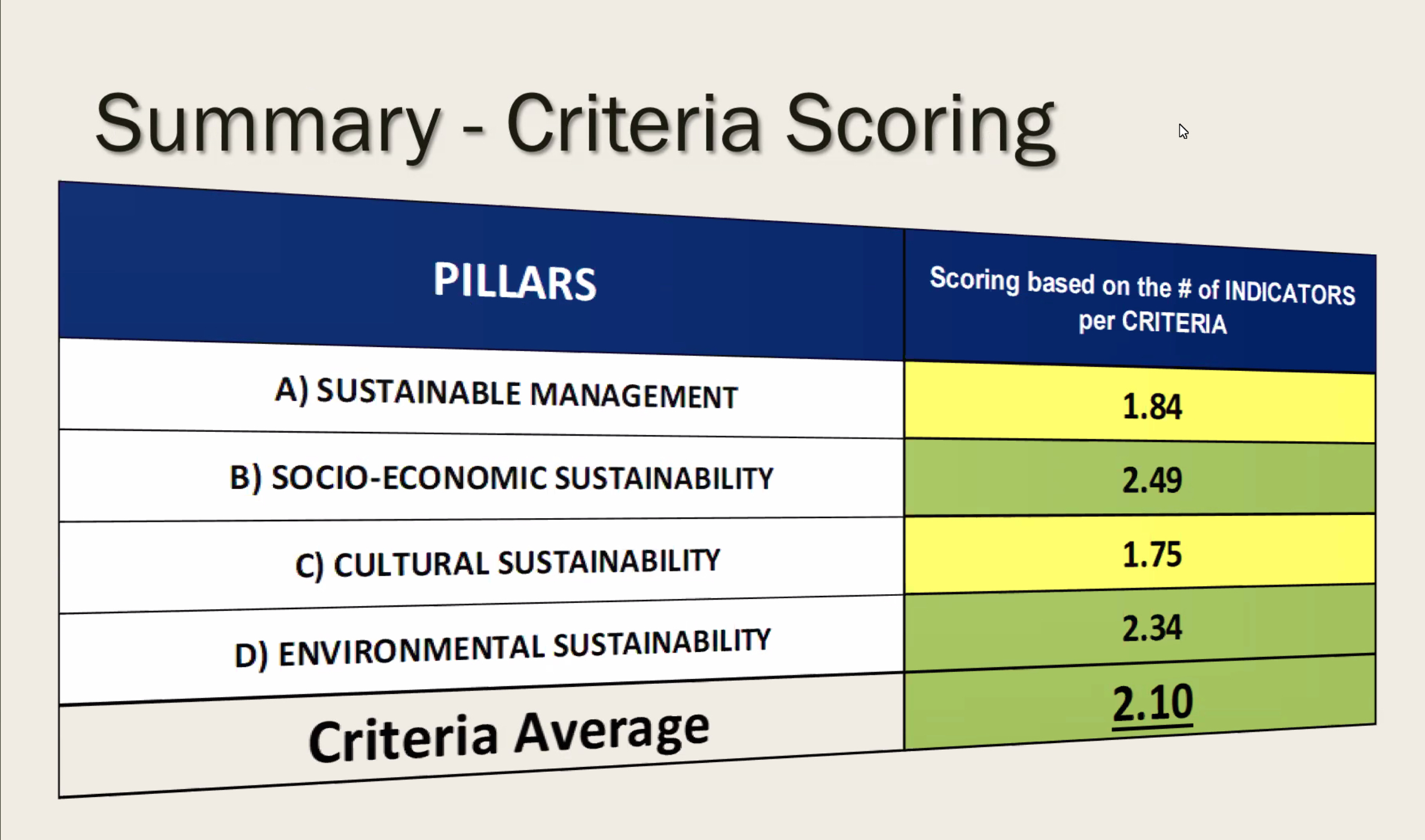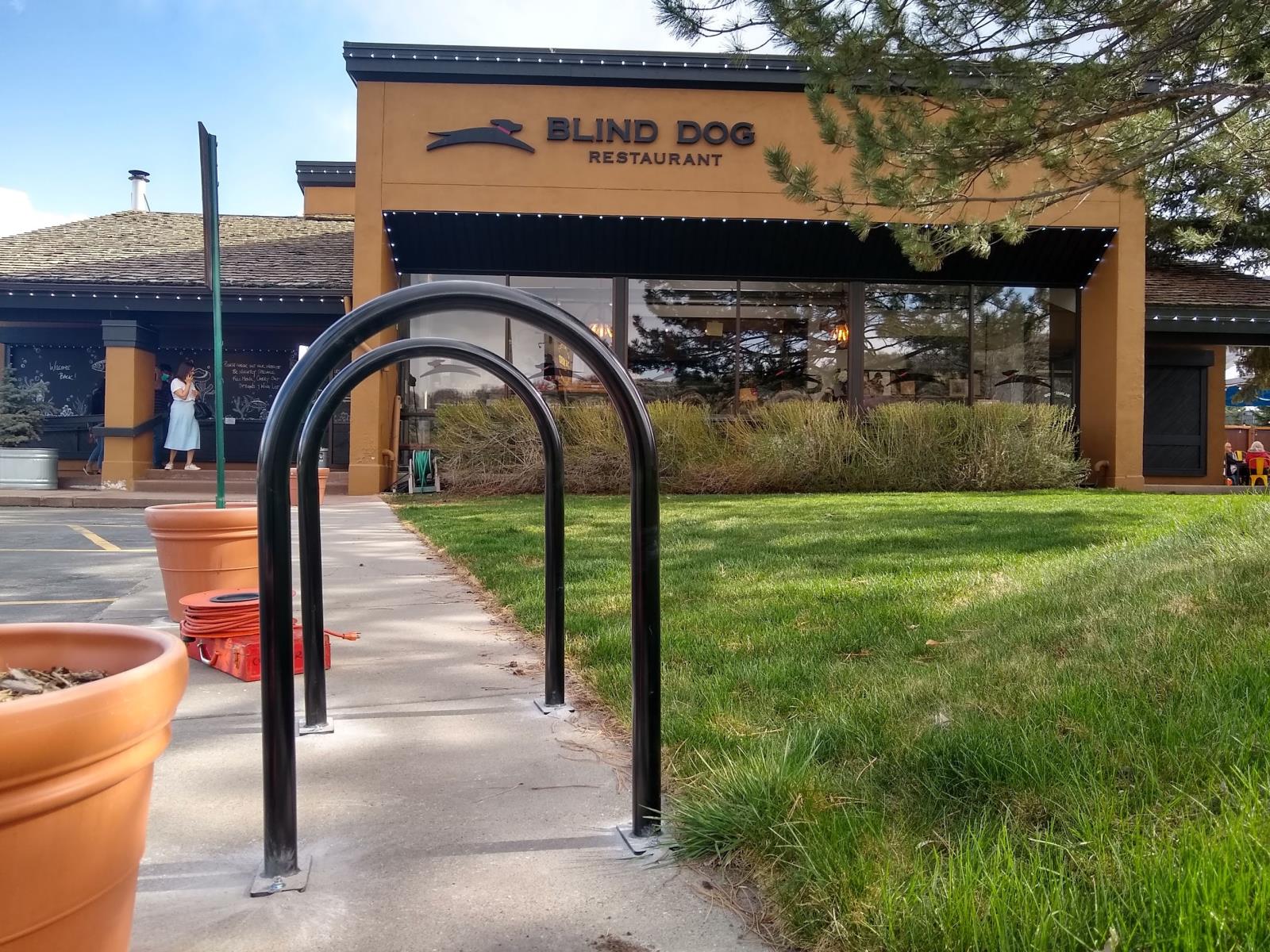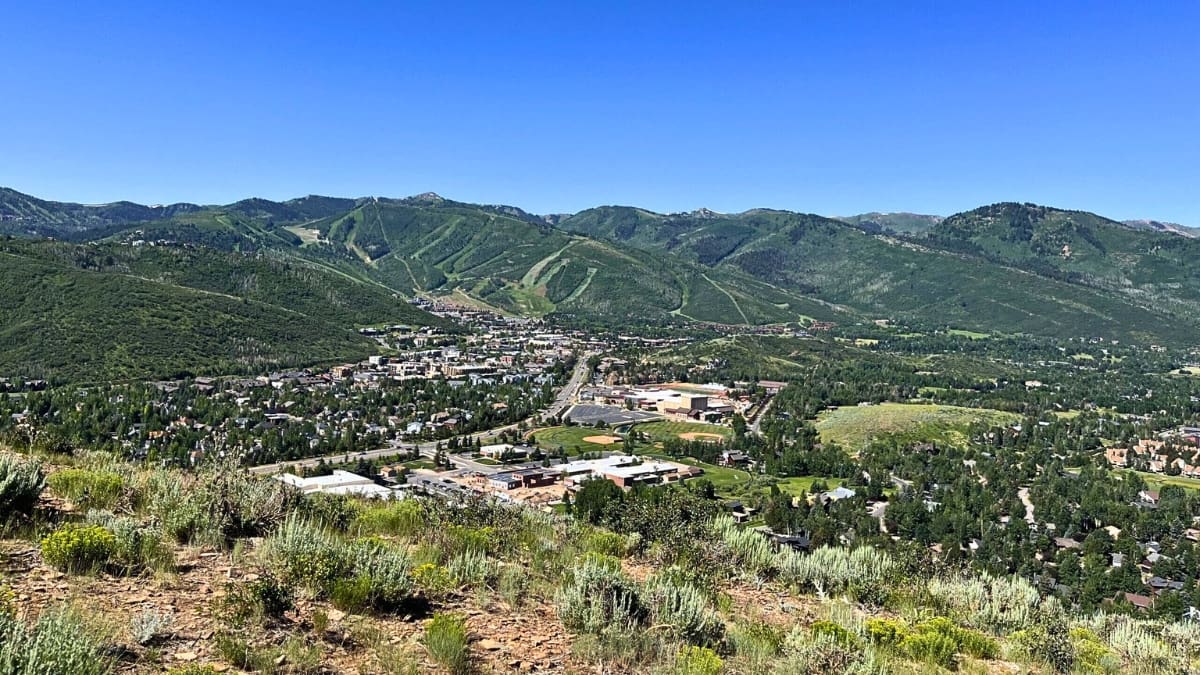Business
Summit County performs well in sustainable tourism review

The Global Sustainable Tourism Council presented its assessment of Summit County on Wednesday in partnership with the Park City Chamber of Commerce. Photo: TownLift
PARK CITY, Utah — The Global Sustainable Tourism Council (GSTC) assessment results for Summit County and Park City were released on Wednesday, in a presentation with Park City Chamber President Jennifer Wesselhoff and Dr. Kelly Bricker, an assessor for GSTC.
Dr. Bricker is the director of Arizona State University’s Joint International Tourism College and previously taught at the University of Utah for 14 years.
More than 80,000 relevant people were invited to comment on the county’s tourism industry, and over 300 documents were compiled for the analysis. Wesselhoff noted that 2,700 people took the survey that the Chamber published online.
Summit County was graded against 38 sets of criteria, which includes 174 different indicators, for sustainable tourism as defined by GSTC. It is one of about 30 places in the world currently engaged in the process.
“The GSTC really aims to address sustainability from a holistic perspective,” explained Dr. Bricker.
“So looking at governance and economic benefits to the destination, cultural and heritage preservation, and we try to incorporate these ideas into the destination experience and environmental performance. And all of these factors lead to a positive investment in climate, a strong sense of place, a high quality of life for both residents and visitors alike.”
She said the criteria should be used as a starting place to inform future action.
The methodology is rated on a scale from less than 1 to 2.5 or greater, with less than 1 indicating an area of risk and 2.5 and over indicating excellent performance.
Overall, Summit County came in with a total score of 2.10. Dr. Bricker said the county performed “incredibly well” from a macro perspective.
The county scored lowest in cultural sustainability and highest in socio-economic and environmental sustainability.

Based on the results, GSTC provided some recommendations for the county, which included the following:
- “Summit County should work with relevant organizations to document and monitor impacts to cultural sites.”
- “Work with relevant stakeholders, agencies, and organizations to provide guidance, best practices, regulations, information on wildlife protection and minimizing negative impacts, and interactions, where they typically occur.”
- “Publish consistent guidelines on visiting natural areas through pre-trip information channels, through tourism entities. Guidelines should focus on behavior and actions visitors can take to reduce their impact, and protect biodiversity.”
Dr. Bricker praised Park City’s efforts to mitigate climate change. “Every indication is that they’re meeting and exceeding the timeline, so really something to write up as a case and to highlight and to be very proud of as a community,” she said.
The assessment is the Chamber’s first step in developing a strategic sustainable tourism plan. “What this does now is it gives us a benchmark and a moment in time that we can now look forward to and develop the strategies associated with the standards… At some point in the future after the development of our sustainable tourism plan, we may as a community, the city, and the county, and the Chamber decide that we want to move forward in being a sustainable destination, a certified sustainable destination,” explained Wesselhoff.
“In order to get certified, we need to make sure that we’re achieving and exceeding in many of these criteria and standards that have been set forth by the Global Sustainable Tourism Council.”
Watch the full presentation:
Appreciate the coverage? Help keep Park City informed.
TownLift is powered by our community. If you value independent, local news that keeps Park City connected and in the know, consider supporting our newsroom.



















